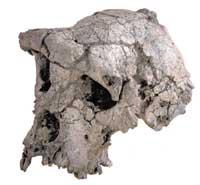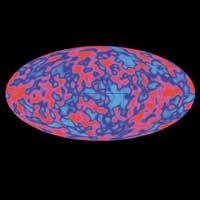Top ten scientific advances in 2002
2002/12/20 Galarraga Aiestaran, Ana - Elhuyar Zientzia
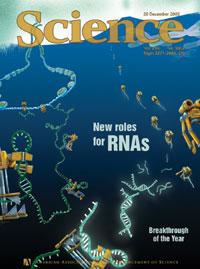
Until recently, scientists considered that the function of RNA was to follow the orders of DNA in the formation of proteins. However, research carried out during 2002 has shown the importance of some small but special parts of RNA in gene expression. The relationship of these small RNAs with different diseases is now being studied.
After small RNAs come neutrinos. So far they knew the nature and characteristics of electrons, muons, tunos and quarks, but they knew little about neutrinos. They believed that in the nuclear reactions that occur in the Sun many neutrinos were produced. However, astronomers only detected a few of these neutrinos. However, last year, during the trip to the Sun, it was shown that neutrinos become other particles, so those expected were not detected.
Third, it is explained that the genomes of organisms, such as the parasite responsible for malaria and the mosquito that extends it, two varieties of rice and the mouse and the rat that are used in the investigations, have been decoded.
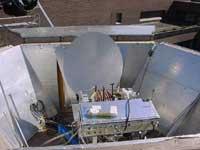
Returning to space, in fourth place appears the microwave background radiation. They believe that energy was released at the beginning of the universe. 400 thousand years after the Big Bang, the nuclei and electrons joined forming atoms and the microwave background radiation was released. In 2001-2002 the fluctuation of microwave background radiation has been measured, which has allowed to obtain information about the beginning of the universe. In addition, it has been possible to check the continued expansion of the universe, so microwave background radiation has helped to understand the past and future of the universe.
For their part, physicists who work with the laser have managed to make the film faster and this achievement deserves the fifth place on the list. Each image lasts an attosecond (10-18 seconds), with which they intend to film the path of electrons around the atom.
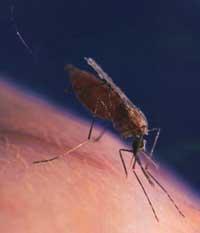
In the sixth, it is indicated that cells have been found that react to temperature and flavor. Guindilla is always said to burn and refresh herbs. It has now been shown that some cells are able to capture both sensations and that in some animals they also serve to detect pheromones.
It is also worth mentioning the visualization technique of the internal structures of the cell. In fact, there were techniques for analyzing structures at the molecular level, but there was no adequate technique to see organelles in size. The tomography of the cryoelectrons has allowed to fill this gap. In this technique the rays of the electrons are used to obtain images in two dimensions, which then join in the computer and which are represented in three dimensions.
In eighth place they have installed a system that offers a new vision of heaven. Astronomers have found a way to overcome the blurry that produces the atmosphere. For this purpose, each second the lenses are adapted, that is, the lenses are twisted to correct the turbulence of the atmosphere. Through this optical system, it has been possible to clearly observe the eruption of a volcano of Jupiter and sunspots.

The retina cells of the biological clock are very close to the last position. Until now, in the retina only the cones and sticks were known, two types of cells to which we owe sight. Scientists, however, suspected the presence of other cells, which would be sensitive to light and would adjust the biological clock that governs behavior and physiology. They have finally found melanopsin pigment and found that cells containing melanopsin are attached to the supraasmatic core of the brain. In this core is the clock, so scientists have managed to unveil the secret of the clock.
Finally, there is the man of Toumaïn, who has provoked a permanent debate. The scientific name of the man of Toumaïc is Sahelanthropus teadensis and, according to the discoverers of his fossil, is the oldest hominid. It is twice as much as the hominid known until then and can be the key to understanding human evolution. On the contrary, there are others who say that only the skull was found, so it is not possible to know if the species was standing or not, which is decisive to affirm that it was hominid. However, due to its important discovery, it has been included in the list, even if it is last.

Outside the list, in 2002 there appears a topic that has raised a lot of dust: the risk of bioterrorism. Proof of this fear are the letters of antrax with bacteria that opened after the attack of September 11 and vaccination against smallpox.
In 2001 the Science also made forecasts for the following year and have now remembered them. Although things have not gone the way they thought, they have dared to make forecasts for the year 2003, and the most important topics for Science are the fluctuations of glaciers, the influence of the Sun on climate change, the financing of scientific studies, the genomic relationship and evolution, the astronomical observations by non-optical wavelengths and antihydrogen.
Next year will know its success.

Gai honi buruzko eduki gehiago
Elhuyarrek garatutako teknologia




